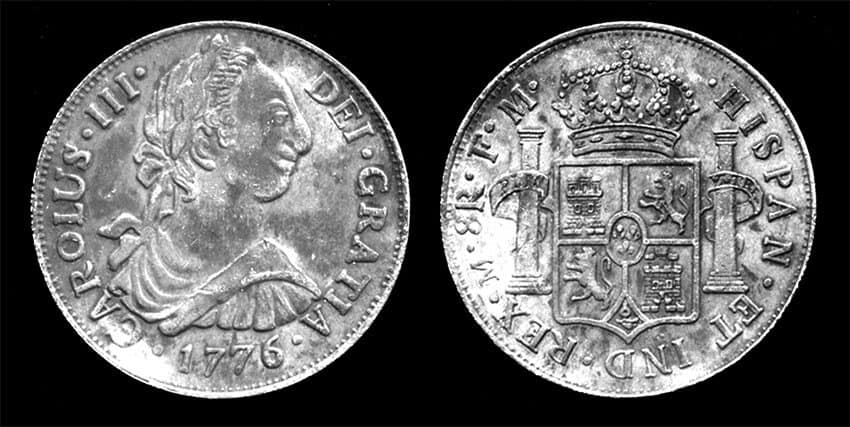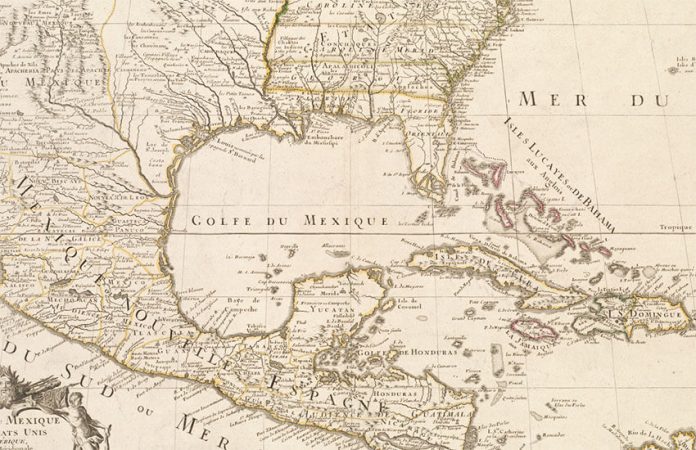Everybody likes surprises. A surprise that involves precious silver is more enjoyable. A surprise that involves silver and changes the course of history is most enjoyable.
In January 1784, the Spanish warship El Cazador departed Veracruz for New Orleans, the Spanish capital in what would become the United States. Most associate New Orleans with France, but from 1762 to 1803 it was Spanish. Those Ann Rice mansions along the streetcar tracks were built under Spanish rule, not French.
Spain had struggled to establish a stable currency in New Orleans, to the point where its locally printed paper currency was pretty much worthless. King Carlos III, of the old pre-Bitcoin school, figured that if he shipped a massive quantity of silver to New Orleans, he could stabilize the area.
On his orders, El Cazador carried 400,000 large silver pieces of eight that were struck in Mexico, as well as 50,000 pesos’ worth of smaller coins. After it left Veracruz, the warship was not heard from again for over 200 years. It carried over 10 tonnes of silver.

The ship, and the specie, were declared lost in June 1784 – a failed Mexican remittance.
To put things in time perspective, the United States Constitution had not yet been written and George Washington was not yet president.
Fast forward to 1993, a fishing trawler seeking butterfish (you can’t make this up) snagged a net, 50 miles off New Orleans. When the net was winched up, black lumps fell to the deck, someone shouted, “Coins!” and El Cazador was found. Legal challenges were resolved over years, the cargo was salvaged and even today is making its way to market.
King Carlos III was not amused at the loss and New Orleans was not saved. By 1802, when the indefatigable Thomas Jefferson had $3 million to buy New Orleans, Spain had swapped the territory back to France, just in time for Napoleon, the Vladimir Putin of his day, to sell him the entire Louisiana Purchase for $15 million – enough to invade England. Or so Napoleon thought.
So the next time the conversation turns to remittances ask, “What if?” and remember El Cazador.
Carlisle Johnson is a retired journalist and writes from his home in Guatemala.
